The discovery of fossilized feathers has revolutionized our understanding of ancient ecosystems, offering unprecedented insights into prehistoric life that bones alone cannot provide. These delicate structures, remarkably preserved over millions of years, serve as time capsules that reveal intricate details about extinct species and their environments. Beyond simply confirming the presence of feathered creatures, these fossils illuminate complex ecological relationships, climate conditions, and evolutionary adaptations. Through advanced analytical techniques, scientists can now extract information from fossil feathers that paints increasingly detailed pictures of lost worlds, transforming our conception of Earth’s biological history and the development of features we observe in modern birds.
The Preservation Miracle of Ancient Feathers
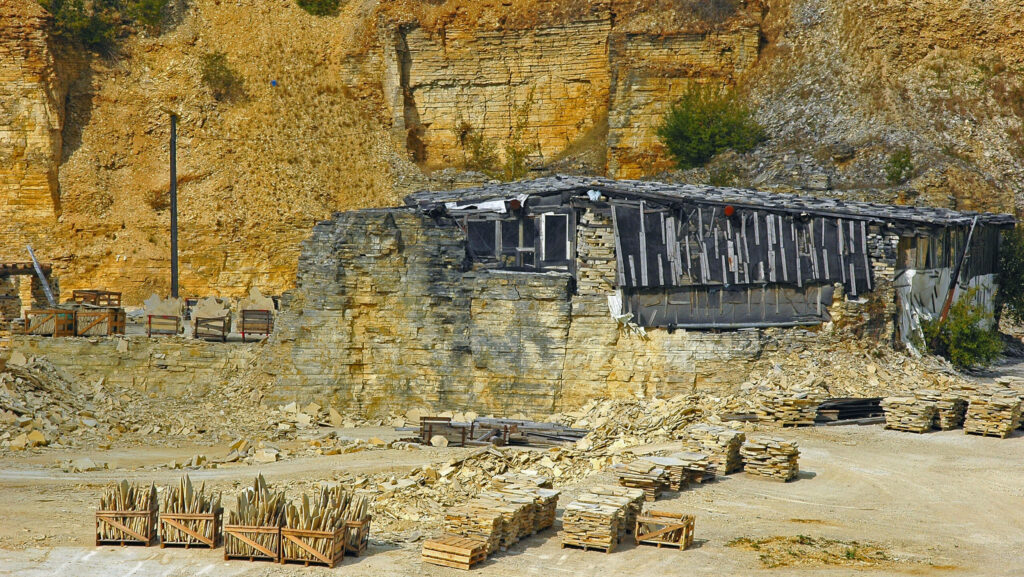
The preservation of feathers in the fossil record represents one of paleontology’s most remarkable phenomena, requiring exceptional circumstances that forestall decomposition. Most feather fossils form when animals are rapidly buried in fine-grained, oxygen-poor sediments that prevent bacterial decay and shield remains from scavengers. The Solnhofen limestone in Germany, famous for preserving Archaeopteryx specimens, created perfect conditions where fine lagoon sediments entombed organisms with minimal disturbance. In some extraordinary cases, amber has preserved feathers in three-dimensional form with microscopic detail intact, including specimens from Myanmar dating back 99 million years. These preservation methods have allowed scientists to study not just feather outlines but also cellular structures, melanosomes (pigment-containing organelles), and even traces of original proteins that have survived across geological timescales.
Feathers Before Flight: Evolutionary Insights
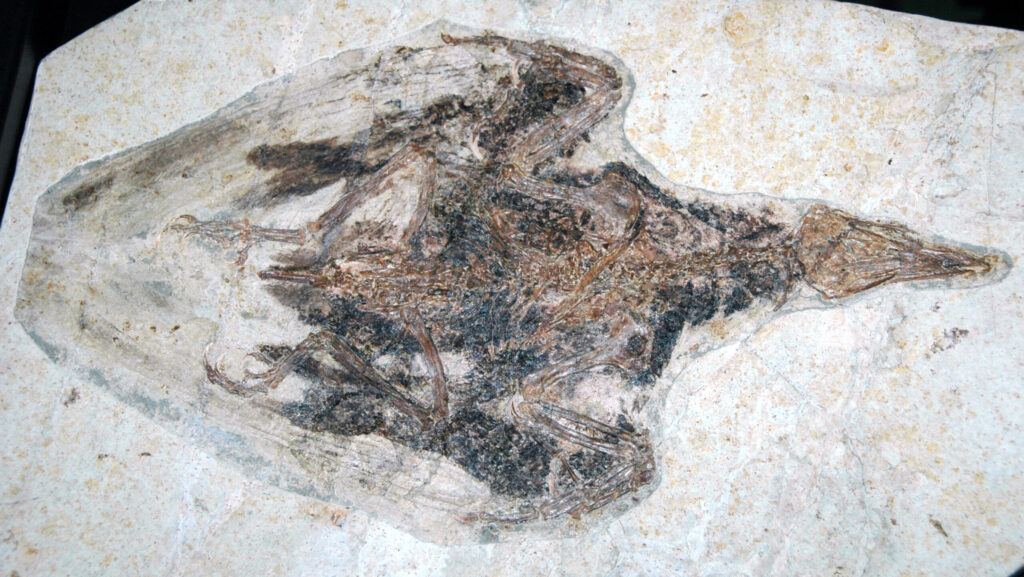
Fossil feathers have dramatically reshaped our understanding of when and why feathers evolved, revealing they first appeared long before birds took to the skies. Discoveries of feathered non-avian dinosaurs from China’s Liaoning Province demonstrated conclusively that feathers originated in terrestrial theropod dinosaurs at least 50 million years before Archaeopteryx, the earliest known bird. These primitive feathers often appeared as simple filaments or downy structures that likely served for insulation rather than flight. The evolutionary progression from simple filaments to complex flight feathers can be traced through fossils of creatures like Sinosauropteryx, Caudipteryx, and Microraptor, showing increasingly sophisticated structures. This evolutionary sequence suggests feathers initially evolved for thermoregulation and display purposes before being co-opted for aerodynamic functions, challenging the long-held assumption that feathers evolved specifically for flight.
Color Reconstruction: Painting the Prehistoric World
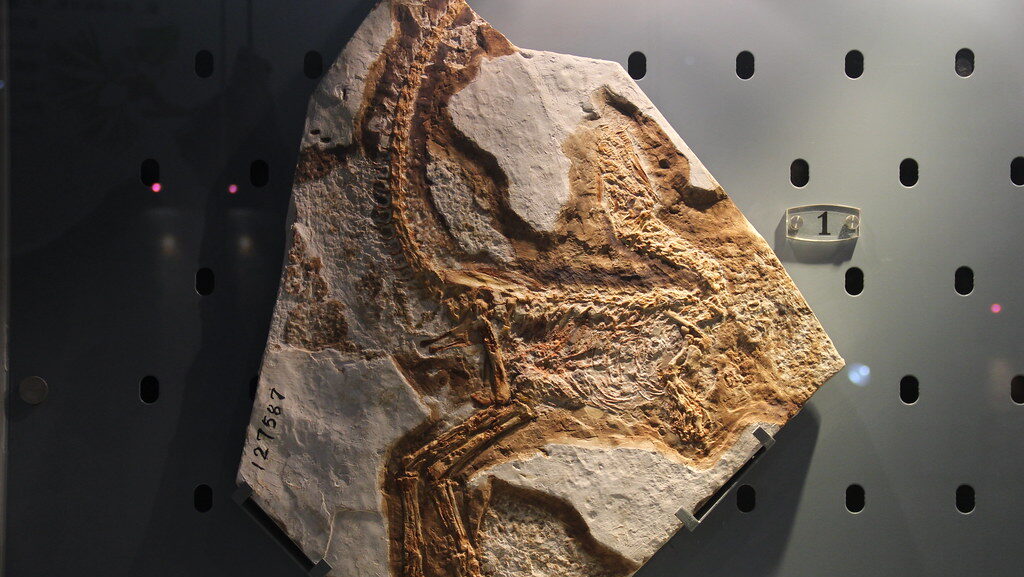
One of the most extraordinary breakthroughs in fossil feather research has been the ability to determine the original colors of extinct creatures, bringing ancient ecosystems to life with unprecedented visual accuracy. This scientific feat became possible when researchers discovered that melanosomes, the cellular structures containing melanin pigments, have distinct shapes corresponding to different colors—rod-shaped melanosomes produce black or gray, while spherical ones create reddish-brown hues. Using powerful electron microscopes, scientists can identify these preserved melanosomes in fossil feathers and reconstruct coloration patterns with remarkable confidence. Studies of the 125-million-year-old Sinosauropteryx revealed a reddish-brown and white striped tail, while Microraptor has been shown to have possessed iridescent black plumage similar to modern crows. These color reconstructions provide insights into camouflage strategies, social signaling, and sexual selection in prehistoric environments, aspects of paleobiology previously considered forever lost to time.
Climate Clues Locked in Feather Structure
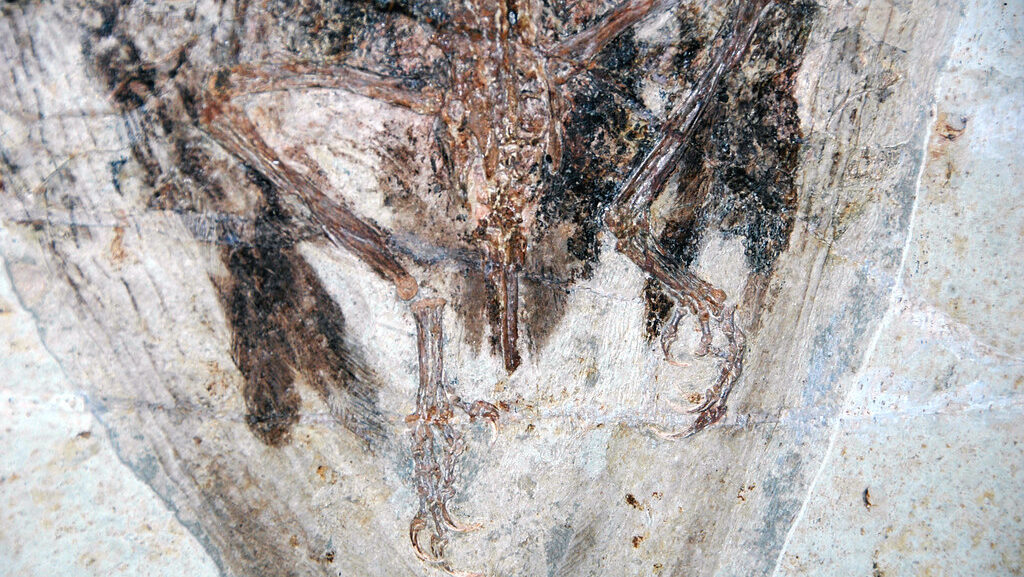
Fossil feathers serve as excellent paleoclimate indicators, with their structure and distribution patterns reflecting adaptation to specific environmental conditions. In cold climates, many species develop denser, more insulating plumage, as evidenced by the thick, downy feathers found on some dinosaur fossils from regions that experienced seasonal temperature drops. Conversely, feather adaptations in specimens from ancient tropical environments often show modifications for heat dissipation or water resistance. Scientists can analyze feather density, structure, and distribution patterns across the body to make inferences about the thermal challenges faced by ancient species. This approach has been particularly valuable in tracking climate fluctuations through the Cretaceous period, where shifts in feather morphology among related species correlate with broader paleoclimate evidence from geological and botanical sources, creating a more comprehensive picture of ancient environmental conditions.
Habitat Reconstruction Through Feather Adaptations
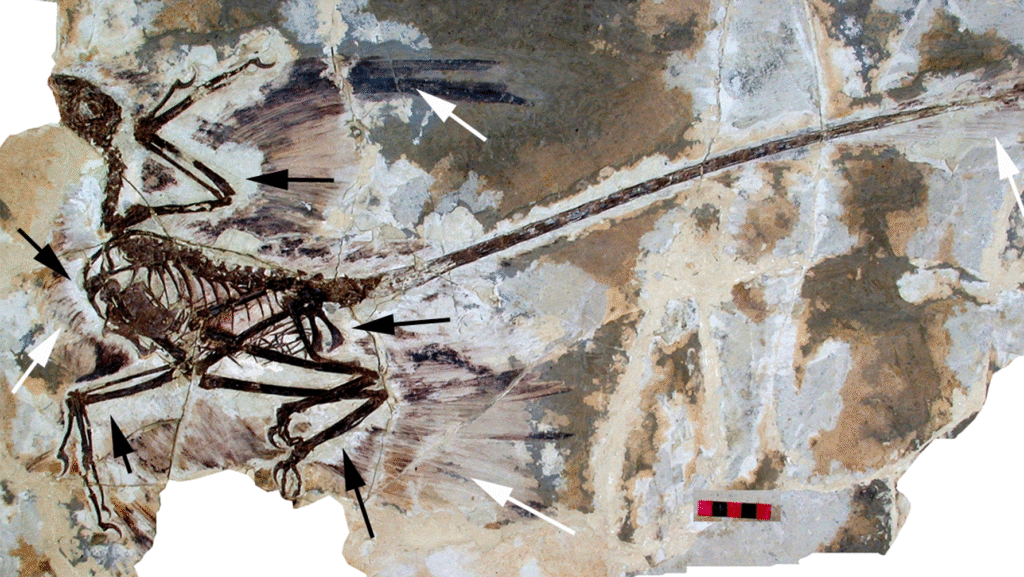
The specialized adaptations visible in fossil feathers provide critical clues about the specific habitats and ecological niches occupied by extinct species. Waterproof feather arrangements with dense underlayers suggest aquatic or semi-aquatic lifestyles, as seen in some Cretaceous bird fossils that show parallels to modern waterfowl. Fossils exhibiting asymmetrical flight feathers with aerodynamic properties indicate species adapted for powered flight through forested environments, while symmetrical, stiff tail feathers might point to ground-dwelling habits. The discovery of four-winged dinosaurs like Microraptor, with flight feathers on both forelimbs and hindlimbs, suggests adaptation to gliding between trees in densely forested environments. By comparing these adaptations with those seen in modern birds from known habitats, paleontologists can reconstruct ancient landscapes with increasing precision, mapping the distribution of forests, wetlands, and open spaces in prehistoric ecosystems.
Predator-Prey Relationships Revealed
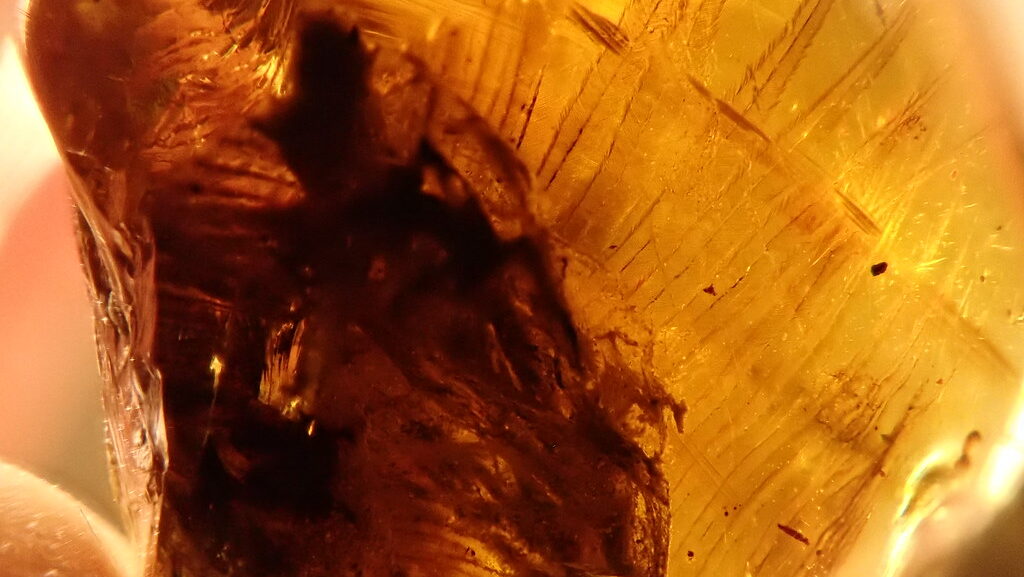
Fossil feathers occasionally preserve evidence of ecological interactions, particularly predator-prey relationships that illuminate ancient food webs. Stomach contents of predatory dinosaurs sometimes include identifiable feather fragments, providing direct evidence of what species were being consumed and how energy flowed through prehistoric ecosystems. Damaged or stressed feathers in fossils can indicate parasite infestations or disease, offering insights into the biological challenges faced by ancient creatures. Perhaps most dramatically, some amber specimens have captured moments of predation in progress—such as feathers caught in the mandibles of prehistoric ants or mites attached to feather shafts. These frozen moments of ecological interaction allow scientists to reconstruct complex relationships between species that coexisted millions of years ago, bringing dynamic processes of ancient ecosystems into focus rather than simply cataloging which species existed.
Behavioral Evidence in Feather Arrangements

The arrangement and specialization of feathers in fossil specimens provide compelling evidence about the behaviors and lifestyles of extinct species. Elaborate crests, fans, and ornamental feathers preserved in species like Anchiornis and Caudipteryx suggest complex display behaviors likely associated with mating rituals or territorial defense. The discovery of specialized tail feathers in Microraptor and other dromaeosaurs indicates specific aerial maneuvers and hunting strategies that would have been employed in ancient forests. Asymmetrical distribution of feathers across the body in some specimens points to specific postures maintained during rest or incubation, similar to those observed in modern birds. The presence of feather traces in nesting positions, sometimes associated with fossilized eggs, has provided evidence of brooding behaviors in non-avian dinosaurs, suggesting parental care strategies evolved earlier than previously thought and were widespread among feathered dinosaurs.
Microscopic Inhabitants: Feather Parasites and Microbiomes
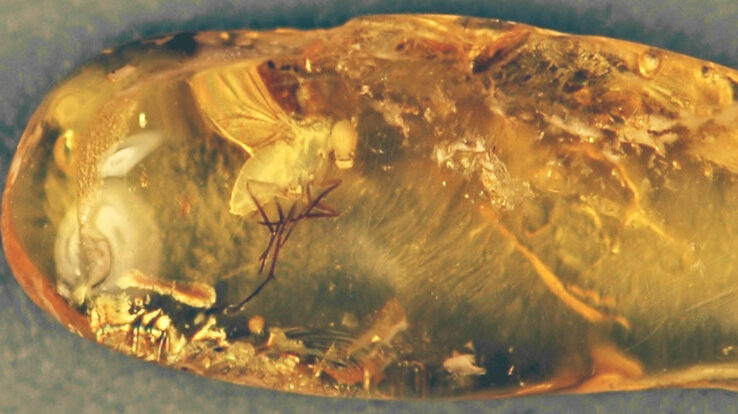
Incredibly, some fossil feathers preserve evidence of the microscopic ecosystems that existed on and around ancient creatures, offering a glimpse into prehistoric parasitism and symbiotic relationships. Amber specimens have captured feather mites, lice, and other ectoparasites frozen in time while feeding on or moving across feather structures, showing that these specialized parasitic relationships evolved at least 100 million years ago. The distribution and abundance of these parasites can indicate the health status of ancient populations and suggest how closely related species might have interacted. In exceptional cases, bacteria and fungi preserved on feather surfaces provide information about the microbiomes that inhabited ancient plumage, potentially influencing feather coloration, condition, and host health. These microscopic inhabitants represent an ecosystem within an ecosystem, demonstrating the complex, multi-layered nature of biological communities throughout evolutionary history and revealing parasitic lineages that have coevolved with their hosts across deep time.
Ecological Succession Through Feather Evolution
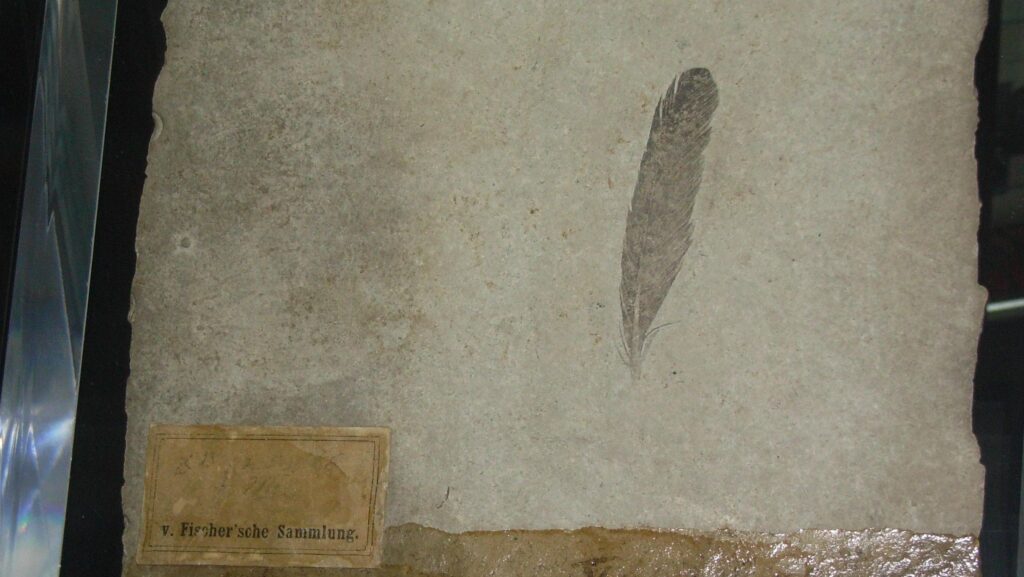
The changing morphology of feathers across geological time periods offers a window into how ecosystems evolved and adapted to changing conditions. Early Cretaceous feather fossils show a rapid diversification of feather types coinciding with the radiation of early birds and feathered dinosaurs, suggesting expanding ecological niches and increasing specialization. Following the end-Cretaceous extinction event, feather fossils from early Paleogene deposits document the recovery and restructuring of avian communities, with new feather adaptations emerging as birds filled ecological roles left vacant by extinct dinosaurs. The transition from non-avian dinosaur feather morphologies to recognizably modern bird feather types tracks major ecological shifts in forest canopy structures, predator-prey dynamics, and resource distribution. This evolutionary progression, documented in the fossil record, illustrates how environmental pressures shape adaptations over millions of years and how ecosystems rebuild following catastrophic disruptions.
Chemical Signatures: Environmental Toxins and Diet
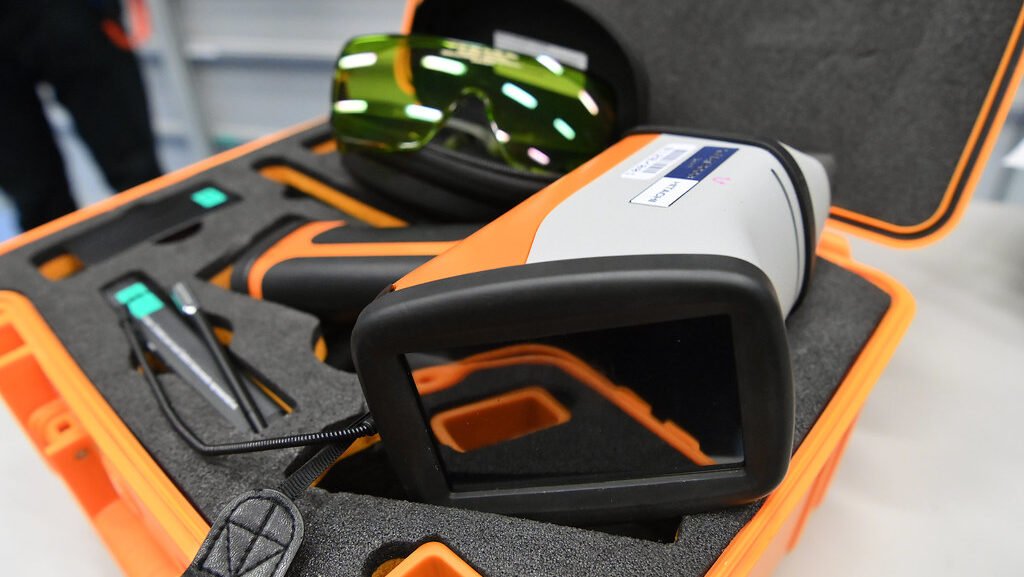
Advanced analytical techniques now allow scientists to detect chemical signatures preserved within the molecular structure of fossil feathers, opening a new frontier in paleoenvironmental research. Using techniques like synchrotron X-ray fluorescence, researchers can identify trace elements incorporated into feathers during the animal’s lifetime, potentially revealing exposure to volcanic emissions, marine environments, or other distinctive chemical conditions. Stable isotope analysis of carbon, nitrogen, and hydrogen in preserved feather proteins can provide insights into the diet and trophic level of extinct species, distinguishing between herbivores, carnivores, and omnivores with remarkable precision. These chemical signatures can also track migration patterns in ancient birds by identifying geographical variations in isotope ratios associated with different feeding grounds. In some exceptionally preserved specimens, biomarkers indicating specific plant compounds or marine toxins have been detected, providing direct evidence of food sources and environmental hazards present in ancient ecosystems.
Geographic Distribution: Paleobiogeography Through Feathers
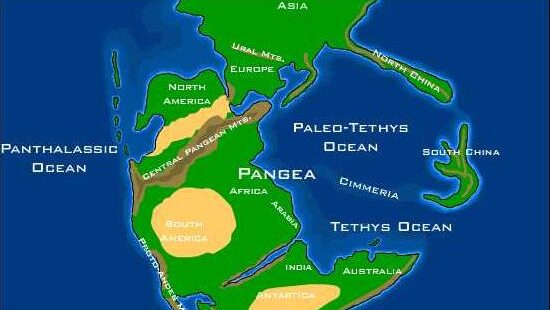
The global distribution of fossil feathers helps scientists map the geographic spread of avian and non-avian dinosaur species across ancient continents, revealing patterns of evolution and migration. Similarities between feather types found in geographically distant locations can indicate shared evolutionary history or parallel adaptation to similar environmental pressures. For instance, comparable feather structures in fossils from both China and North America suggest faunal exchanges across land bridges that connected these regions during certain geological periods. Distinct regional differences in feather morphology can indicate isolated evolutionary development, often corresponding with the fragmentation of supercontinents like Pangaea. The appearance of similar specialized feather adaptations in geographically separated but contemporaneous deposits can track the spread of specific habitats, such as forests or coastal environments, across ancient landmasses. These paleobiogeographical insights derived from feather fossils complement other lines of evidence to create increasingly detailed maps of prehistoric species distributions and migration patterns.
The Future of Fossil Feather Research
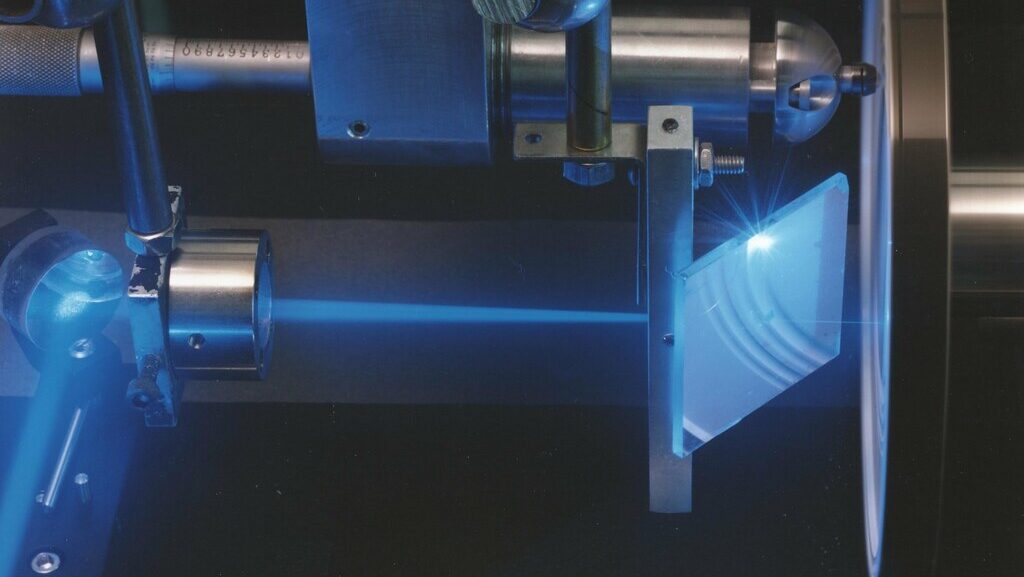
The field of fossil feather research stands at a technological frontier, with emerging analytical methods promising to extract even more information from these ancient remains. Techniques like Raman spectroscopy and mass spectrometry continue to improve, potentially allowing scientists to recover more molecular information from increasingly older specimens, pushing back the timeline of retrievable biological data. Machine learning algorithms are being developed to model feather development and function based on incomplete fossil evidence, generating testable hypotheses about specimens where preservation is partial. Advances in ancient DNA recovery techniques, though still limited to relatively recent specimens, may eventually extend to older feather fossils, providing direct genetic information about extinct species and their relationship to modern birds. As climate change threatens modern ecosystems, the data gleaned from fossil feathers about how ancient species responded to dramatic environmental shifts becomes increasingly relevant, potentially informing conservation strategies for contemporary avian diversity.
Conclusion: Feathers as Multidimensional Archives
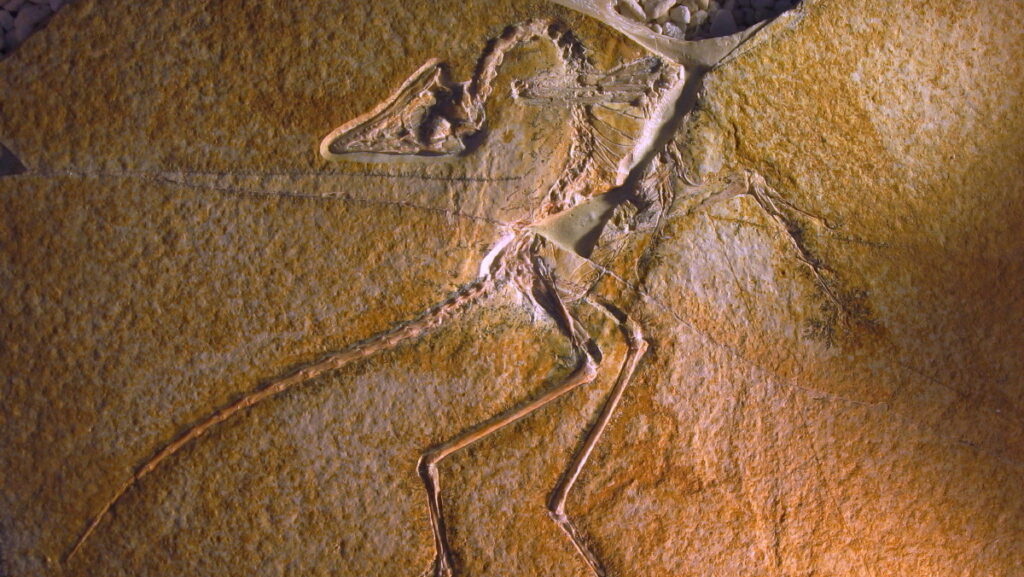
Fossil feathers represent far more than just the physical remains of ancient creatures—they function as multidimensional archives that simultaneously preserve information about biology, ecology, behavior, and environment. Each preserved feather tells a complex story: its structure reveals evolutionary adaptations, its chemistry reflects environmental conditions, its damage patterns suggest ecological interactions, and its distribution provides clues about ancient landscapes. As analytical techniques continue to advance, these delicate imprints from the past yield increasingly detailed insights into extinct ecosystems, challenging long-held assumptions and filling crucial gaps in our understanding of life’s history. Through fossil feathers, scientists can now reconstruct ancient worlds with unprecedented detail, transforming abstract conceptions of prehistoric environments into vivid ecological tapestries populated by colorful, behaviorally complex creatures adapting to changing conditions—much as their descendants continue to do today.
